Description
RAF Fighter Command was established in July 1936 to provide the airborne element in
the defence of Britain against air attack. The aerodromes under the Command described in
this book came under the control of several Groups: No. 9 in the west, No. 10 covering the
south-west, No. 11 in the south-east, No. 12 on the eastern side of the country, and Nos. 13
and 14 protecting the extreme north.
In this volume the activities of over 90 airfields are described and illustrated in our
‘then and now’ theme, both on the ground and from above. Many, having served their
purpose, have returned to farmland leaving only odd vestiges to recall their former role as
front-line fighter stations. Others have succumbed to the encroachment of housing or
industry or even been totally expunged from the map through mining activities.
On the other hand, a number have continued to be used as airfields, either for
sport or business flying, and some continue as major airports with modern facilities. Sadly
the post-war years have witnessed the slow decline of the RAF presence at so many of
their former bases, two having closed during our research for this book. And some have
found a new lease of life with the Army . . . or even the Ministry of Justice!
All came into their own during the six years of war and the scars from that battle are still
evident if one cares to look. Mouldering buildings from the former era remain as
poignant reminders of the airmen and women who once habited them . . . now standing
almost as memorials to the thousands who never came through. This is their story.

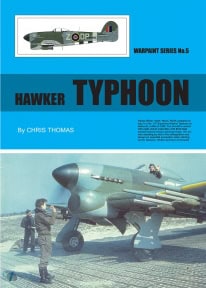
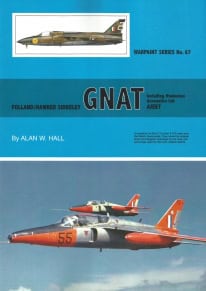
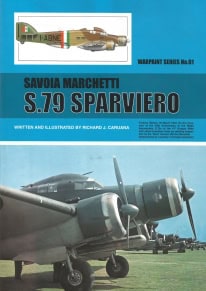
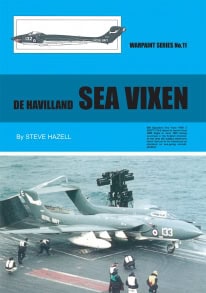

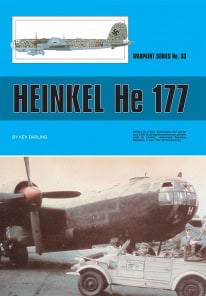
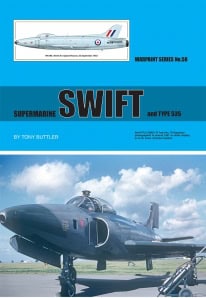
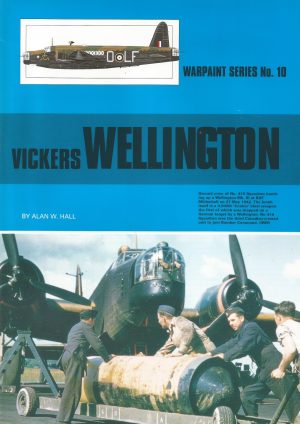
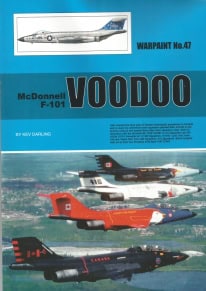
Reviews
There are no reviews yet.